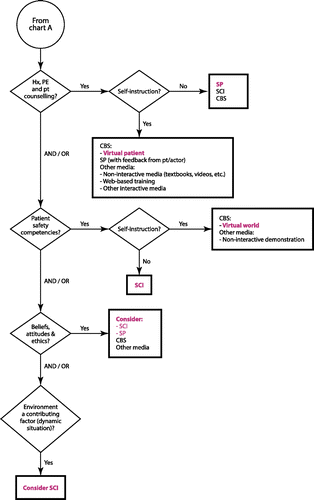Figures & data
Figure 1. The levels of ID for an educational experience using healthcare simulation. Each progressive level constitutes the building blocks for the level directly above it.
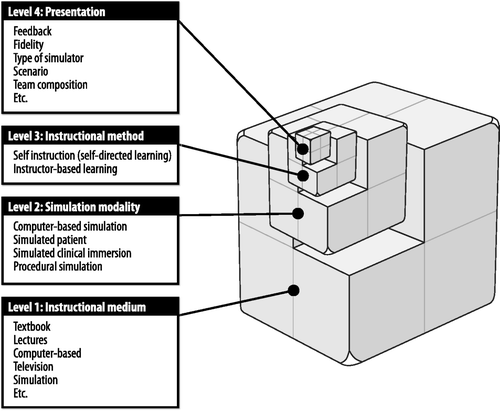
Figure 2. The zone of simulation matrix. The model is based on two characteristics of clinical situations, acuity (severity) and opportunity (frequency) that define four areas of varying dynamics. The zone of simulation identifies those situations where healthcare simulation may be advantageous over other instructional media.
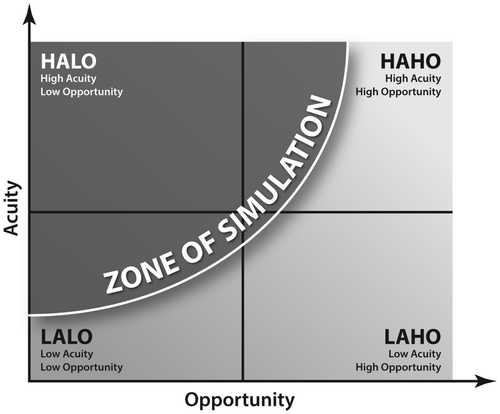
Figure 3. The four simulation modalities, which are broad descriptions of the simulation experience. Modalities show areas of overlap that constitute hybrid simulations.
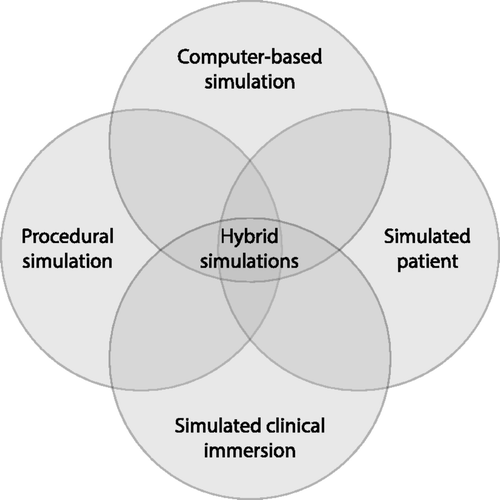
Table 1 Description of the simulation modalities that constitute level 2 of the ID framework
Table 2 Important elements of presentation for simulation experiences, along with their major characteristics and descriptors
Table 3 Descriptions and examples of available simulator types
Table 4 Adaptation of simulation modalities to specific learning outcomes domains
Figure 4. Media and simulation modalities selection chart A (continued in ). Diamond shapes correspond to key decision points (questions). Rectangles with dark borders correspond to appropriate media and simulation modalities. Text in red and bold corresponds to preferred modalities. AND/OR decision points suggest that several competency domains can be considered at the same time (potentially leading to the use of hybrid modalities). CBS: Computer-Based Simulation; pt: Patient; SCI: Simulated Clinical Immersion; SP: Simulated Patient; VR: Virtual Reality.
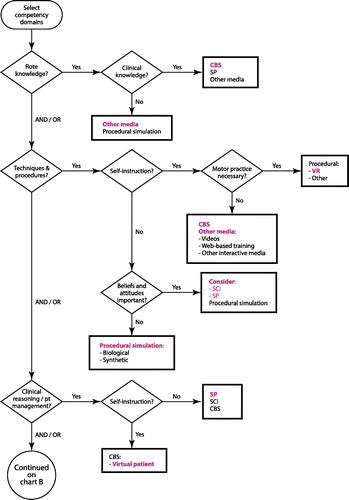
Figure 5. Media and simulation modalities selection chart B (continued from chart A in ). Diamond shapes correspond to key decision points (questions). Rectangles with dark borders correspond to appropriate media and simulation modalities. Text in red and bold corresponds to preferred modalities. AND/OR decision points suggest that several competency domains can be considered at the same time (potentially leading to the use of hybrid modalities). CBS: Computer-Based Simulation; PE: Physical exam; Hx: History; pt: Patient; SCI: Simulated Clinical Immersion; SP: Simulated Patient.
